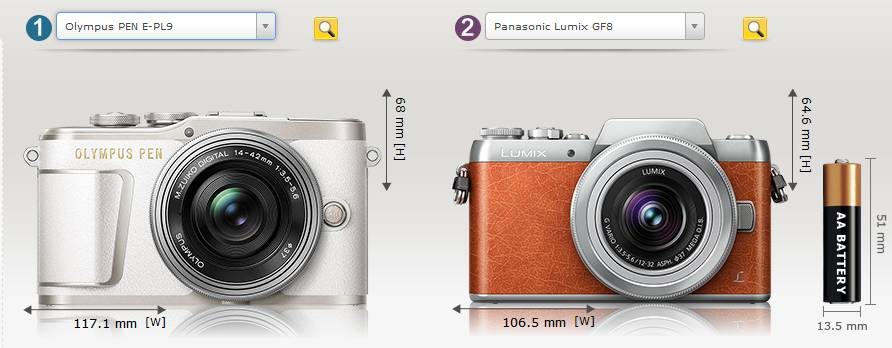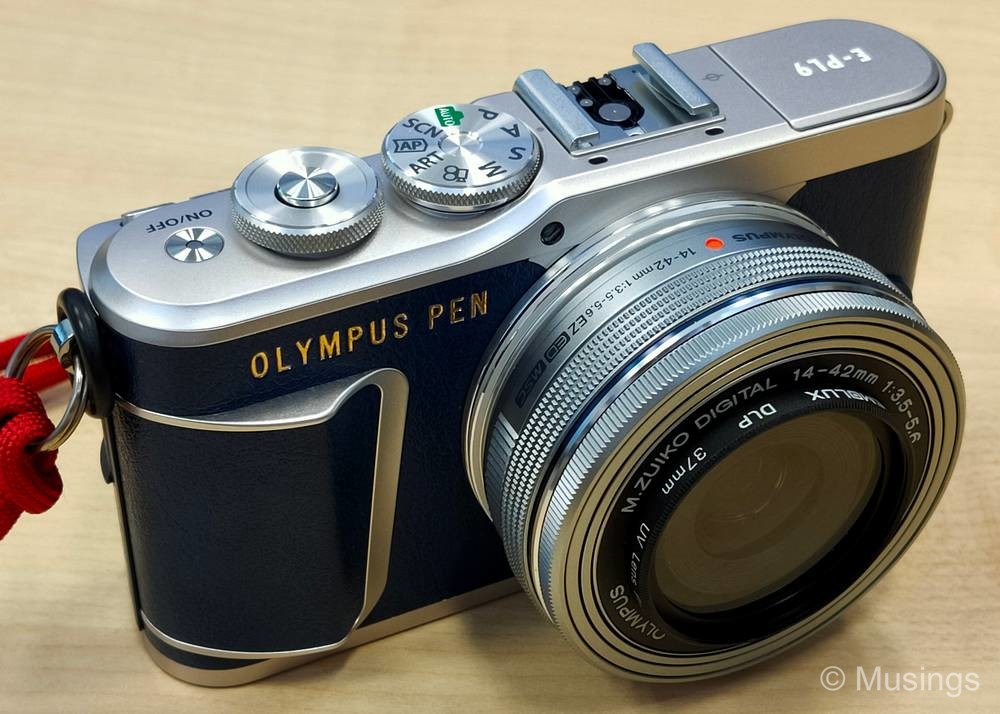One of my favorite set-ups for the m4/3 system has been the Olympus E-PL6 and 17mm f1.8 body and lens combo, and I’ve blogged several times now about how incredible the all-round package is in when taking photos of our kids. However, the E-PL6 has experienced several failures over its six year life span now. There was a minor issue with a loose spring in the shutter release button early in the first year of use (the one year warranty period took care of that), followed by a sticky shutter in 2016 – which required a servicing fee as the warranty had expired. The touchscreen was also starting to get finicky, with the AF spot routinely jumping around the different focusing points. And in the last year, the flip-up screen has failed altogether. Granted, the Olympus Pen E-PL series of cameras are solidly intended for beginners and vloggers and not for professional use. But the E-PL6 had not been mistreated in anyway, so I wonder why the camera posed this much mechanical issues.
In any case, after 18 months of having transited to full-frame, I’ve found myself returning back – just partially as I’m not giving up my Sony FE system haha – to m4/3s. I sold away a good portion of my m4/3 gear two years ago, including my Olympus E-M5, Panasonic GX85, Olympus 12-50mm, the Meike MK320 TTL, Panasonic 25mm f1.4, and Olympus 45mm f1.8, and retained the E-M1, the E-PL6, the pair of Olympus Pro f2.8 lenses (the 12-40mm and 40-150mm), and of course the lovely Olympus 17mm f1.8.
So, what replacement for the E-PL6? It’s a pity that Panasonic has not put out updated models in its GM line, as there aren’t a lot of current options for small m4/3 cameras: basically, there’s just Olympus Pen E-PL cameras, and also Panasonic’s GF cameras. Of the two, I prefer the almost petite size of Panasonic’s GF cameras. For instance:

The Panasonic GF10 is also priced quite a bit lower than the E-PL series, though the model is even more basic in its feature set: specifically, the absence of in-body stabilization and mode customisations possible. The CIPA rated battery life is also comparatively poor: 210 vs 350 on the E-PL line. On the other hand, the GF10 also supports in-body USB charging – and the convenience of that feature can’t be understated. For the last three trips out of the country now, I’ve only brought along a multi-USB port charger to power all my devices – laptops, tablets, cameras – and left all the separate chargers back home.
Still, after the usual feature comparisons and reflections on how I’ve handled the three E-PL cameras I’ve had over the decade, I decided to replace the E-PL6 with a newer model in the line. The E-PL8 from 2016 was briefly listed at significant discounts – around SGD499 or so I think – at Olympus Asia, but I missed that. The current price difference between that and its successor, the E-PL9, is fairly minimal now. And while the E-PL9 doesn’t offer significant improvements over the older version, the enhancements are still nice to have. So, in short order, a hunt was on for the best bargain, and a quick decision later, I had the new E-PL9 in hand.

Continued in the next post!
Recent comments